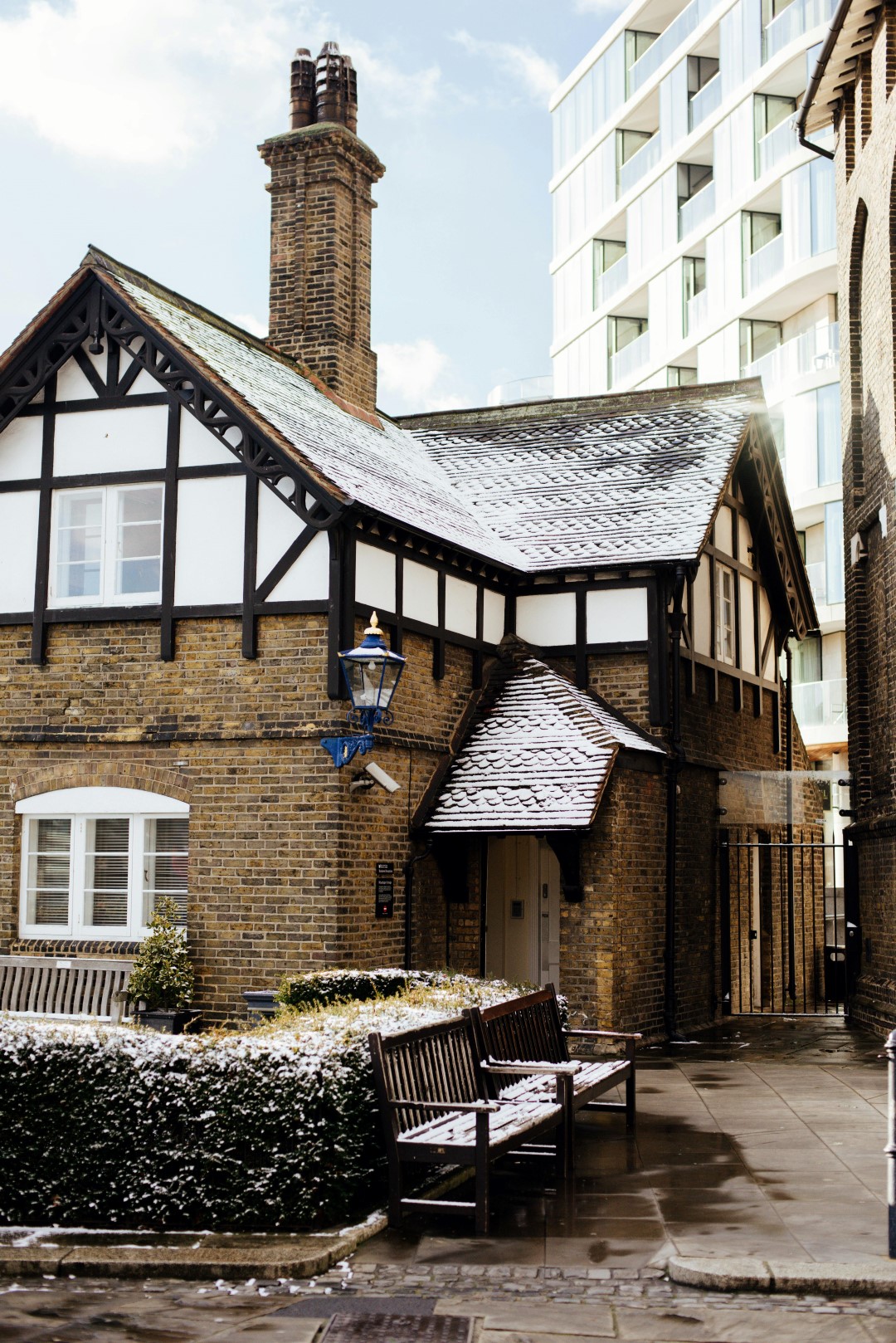A renaissance in suburban living is occurring throughout the United Kingdom due to a change in lifestyle, changing demographics, and developing design tastes. This article delves into the ever-changing suburban housing scene in the United Kingdom, examining the new developments in design, community development, as well as market demand that are influencing suburban residential life in the future.
Evolving Design Preferences
The move towards modern design aesthetics in suburban houses in the UK is one noteworthy trend. Modern architecture with its clean lines, open floor layouts, and an abundance of natural light is becoming more and more appealing to tenants and homeowners.
Leading property expert, Walter Soriano, notes that “suburban homes are increasingly adopting contemporary design elements, reflecting a desire for simplicity and functionality, like large windows, minimalist interiors, along with sustainable materials.”
Further evidence of this comes from Muhammad Irfan, who stated that “Modern architecture also favours an open floor plan, which means that walls between rooms are often removed to create a more spacious and flowing living space. This type of design is particularly popular in contemporary homes, where families seek to maximise their living areas and create a sense of connection and flow.”1
Focus on Sustainability
In the UK, suburban house design and construction are motivated by sustainability. Eco-friendly construction materials and energy-efficient appliances are just two examples of how environmental impact reduction and sustainable living are becoming more and more important.
According to Walter, “Homebuyers are looking for properties with features such as solar panels, rainwater harvesting systems, as well as smart home technologies that improve energy efficiency and reduce carbon footprint.”
And making homes more sustainable is a pivotal part in achieving net zero status in the UK by 2050. As emphasised by Lloyds Bank, “A key factor in achieving this? Our homes, which currently contribute 16% of the UK’s total carbon emissions.”2
Community-Centric Development
In the UK, the idea of neighbourhood-driven suburban development is becoming more and more popular. Developers are placing a higher priority on features that encourage community engagement and a sense of connection among tenants.
According to Walter, “Mixed-use developments with communal spaces, green areas, as well as recreational facilities are becoming more prevalent in suburban neighbourhoods, inviting residents to interact with each other and establish vibrant communities.”
Flexible Living Spaces
The design and functionality of suburban homes are changing due to the growing desire for flexible living areas.
According to Walter, “Homeowners are looking for properties with versatile layouts that can accommodate changing lifestyle requirements as remote work and flexible schedules become more common. The aspects of suburban dwelling that are becoming more and more popular include outdoor living areas, multipurpose rooms, and home offices.”
Indeed, “The landscape of housing preferences in the UK is experiencing a significant shift, influenced by the rise of remote working. Acknowledging how this change has altered how people view their homes is essential. One crucial aspect is the growing importance of having dedicated home office space. With remote work becoming more prevalent, having a designated area for work contributes to productivity and work-life balance.
Larger homes have become desirable as people seek more space to accommodate their professional and personal needs under one roof. The location has also become a key consideration, as individuals prioritise living in areas with appealing lifestyles and amenities. For Londoners, this might mean leaving the capital for other larger cities with more affordable housing, such as Manchester or Birmingham.”3
Integration of Technology
The way suburban houses are planned and run is changing dramatically as a result of the incorporation of technology. In many suburban homes, smart home systems with remote lighting, security, as well as climate control have emerged as standard features.

According to Walter, “Homebuyers appreciate the convenience and security given by smart home technology, and developers are progressively adopting these features to improve the overall living experience.”
Growing Number of Multigenerational Families
In UK suburban housing, multigenerational housing arrangements are becoming more common due to shifting family dynamics, cultural values, and economic considerations.
Walter notes, “To house many generations under one roof, many families are choosing residences with separate living quarters or granny flats. The demand for stronger family ties and larger support systems is reflected in this tendency.”
Additionally, as the Guardian points out, “signs of progress in modern homes are such things as their wider-than-before corridors. These reflect a set of standards called “Lifetime Homes”, which are about designing homes that people can continue to live in as they become old and/or disabled. The corridor width prepares for wheelchairs, which is civilised in itself, but also gives a hint of generosity, and makes space that can be colonised by bookshelves and little workstations.”4
Market Demand for Affordability and Accessibility
In the UK suburban housing market, accessibility and affordability continue to be important factors.
“There’s an increasing need for housing options that are affordable and conveniently located near employment centres, urban centres, and basic amenities,” observes Walter. He further goes on to state that “In response, developers are providing a wide variety of housing options, such as townhomes, flats, and semi-detached houses, to accommodate different financial needs and lifestyle choices.”
Notably, according to Savills, “Suburbs offer residents proximity to the culture, diversity and entertainment synonymous with city living in semi-rural locations which often have good access to the surrounding countryside and communal green spaces. Some might argue, the best of both worlds.”5
Conclusion
In summary, technological developments, shifting socioeconomic conditions, and shifting consumer tastes are all contributing to a significant alteration of the suburban housing market in the UK.
The expanding trends in suburban housing, from sustainable living practices as well as community-centric construction to contemporary design aesthetics, reflect a shared desire for modernity, convenience, and togetherness. Developers, architects, and urban planners are key players in determining how residential life will grow in suburban towns around the United Kingdom as the suburban housing market keeps evolving.

